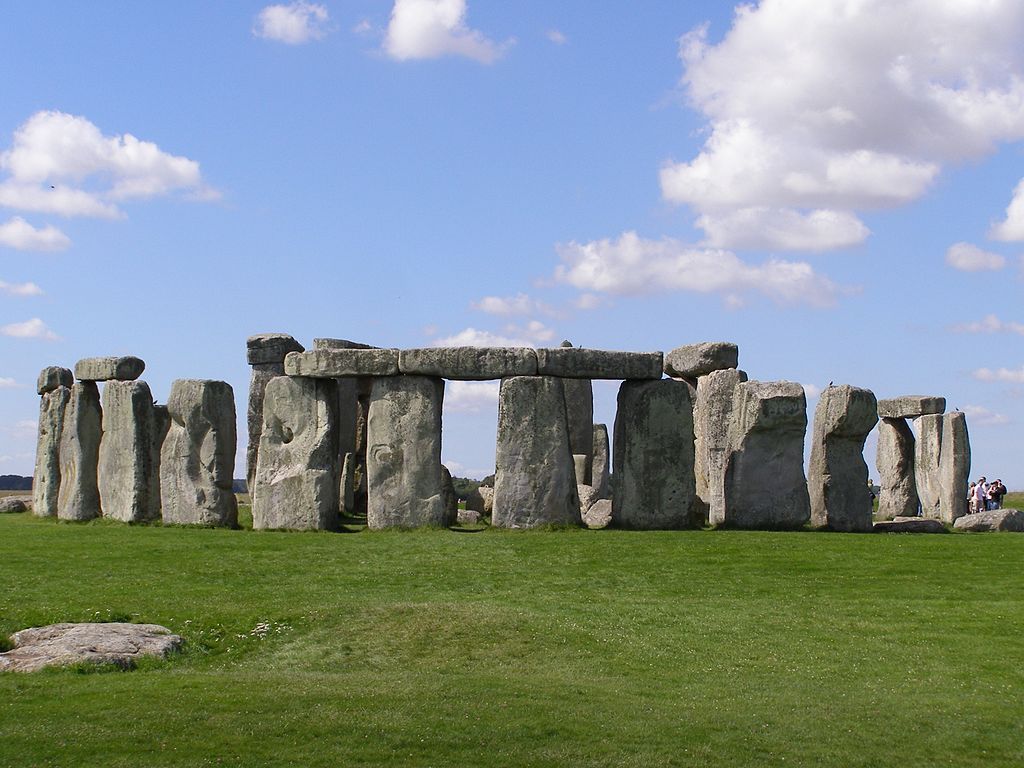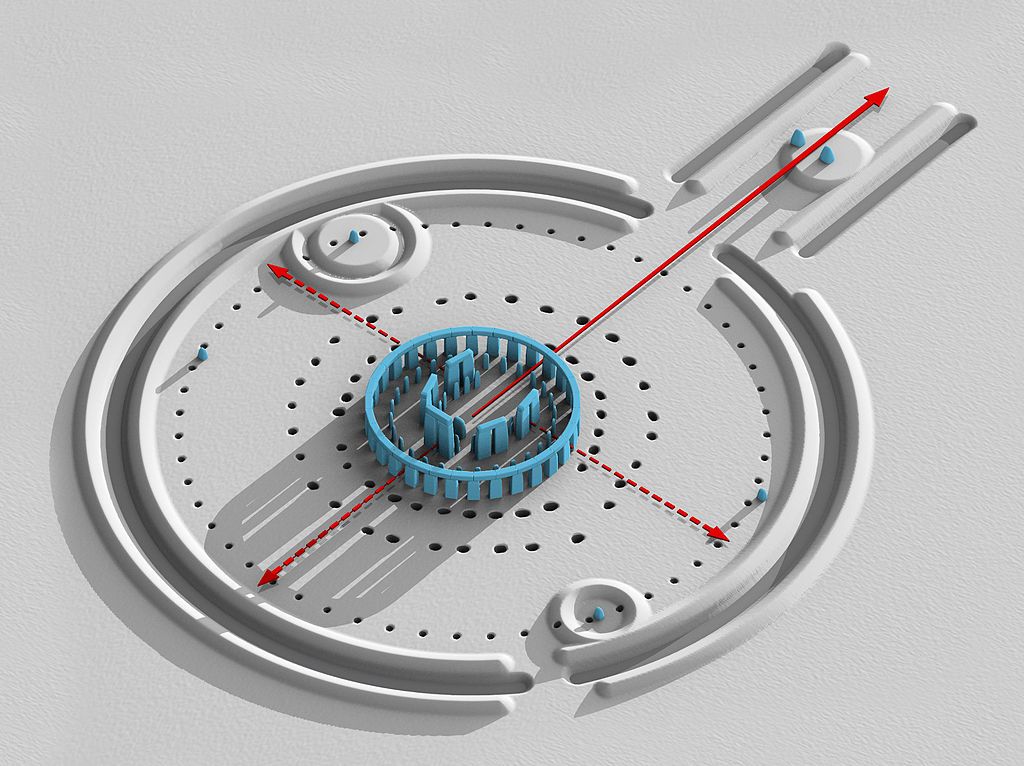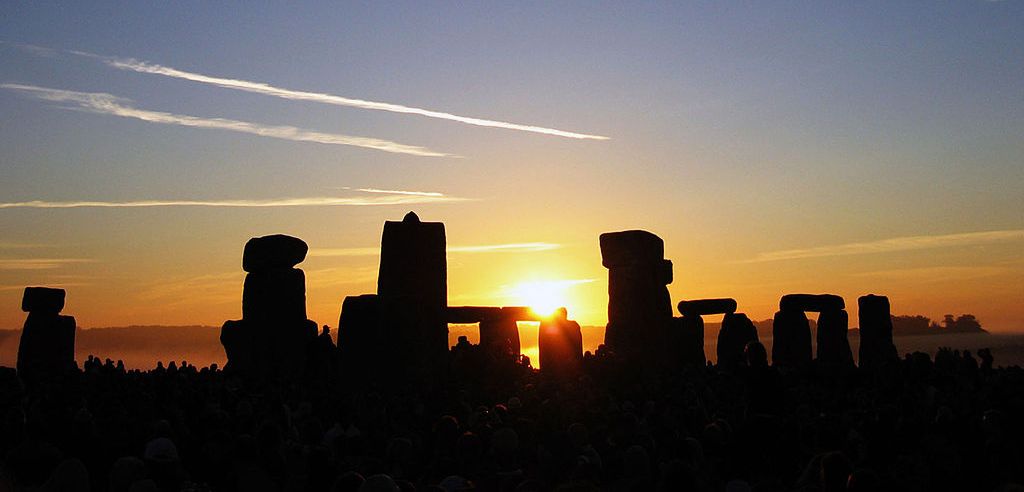
20 June 2021
Tomorrow Stonehenge will have its biggest day of the year even though no one can be there to see it. The prehistoric monument in Wiltshire, England usually attracts a crowd of 30,000 to watch the sun rise over the Heel Stone on the summer solstice but a new COVID-19 surge canceled the festivities. The sun will rise anyway, shining on stones imported from Wales.
Constructed in phases, Stonehenge began as an earthworks 5,000 years ago with a bluestone (Heel Stone) outside the main entrance oriented toward the summer solstice. Later phases added bluestones in a ring, a horseshoe and other key locations. Then sandstone monoliths were added to surround the bluestones. After maintenance ended about 3,600 years ago the site slowly fell apart.

Since the 1600s archaeologists have worked to uncover Stonehenge’s configuration, building phases and purpose. They easily discovered that the sandstone monoliths came from local rock but it took a long time to figure out that the first stones, bluestones of igneous dolerite weighing 2 to 4 tons, came from a prehistoric quarry in the Preseli Hills in Wales, 140 miles (200 km) away.
The stones were well worth moving.
Researchers from the Royal College of Art in London discovered that the monument’s igneous bluestones possess “unusual acoustic properties” – when struck they respond with a “loud clanging noise.” … In certain ancient cultures, rocks that ring out were believed to contain mystic or healing powers.
— Wikipedia’s Stonehenge account
But there was a gap. The Presili quarry closed 200-500 years before Stonehenge began. Where were the stones in the intervening centuries?
Researchers led by University College London archaeologist Michael Parker Pearson searched for ritual structures in the Preseli region that might have provided the stones—and the blueprint—for Stonehenge. In 2017 and 2018, they excavated parts of an ancient monument called Waun Mawn, where a handful of toppled bluestones similar to those at Stonehenge form a partial circle.
— Science Magazine: England’s Stonehenge was erected in Wales first
The clincher was that an unusually shaped stone at Stonehenge has a matching hole at Waun Mawn.
You can see how the stones were transported 5,000 years ago at English Heritage, Stonehenge. Read more about the discovery in The Guardian.

When the sun rises over the Heel Stone at Stonehenge tomorrow, it will touch many rocks imported from Wales.
(photos from Wikimedia Commons)
p.s. The illustration linked here from creatureandcreator.ca by Terence W. Picton, makes it easier to understand the bluestones (blue) and sandstones (orange). Picton explains that his diagram is based on two illustrations from other sources: Johnson, 2008, p. 166 and the English Heritage Webpage. It does not include the Avenue and Heel Stone.